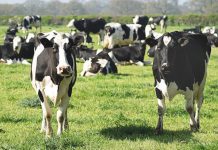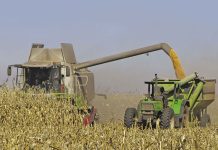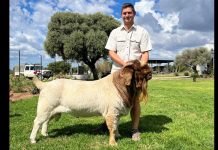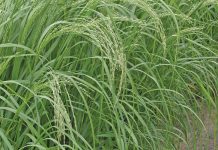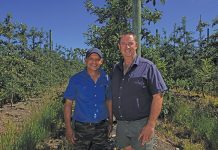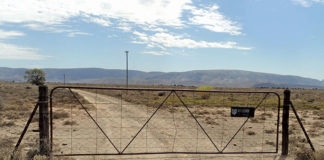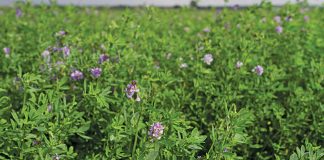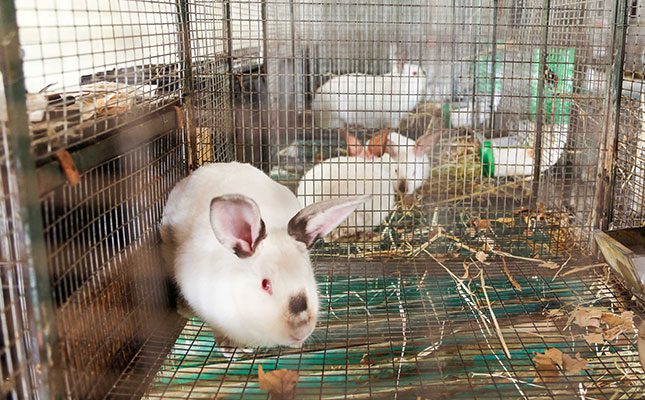
Within the Gauteng Rabbit Breeders’ Association (GRBA) region alone, 25% of the breeding stock has been wiped out.
Chairperson and rabbit farmer, Gavin Grgurin, said he awoke on September 22 to find 180 dead rabbits in his breeding facility on his Walkerville farm, south of Johannesburg,
Three weeks later over 800 more had died on his commercial farm, 15km from the breeding unit.
“We lost two large breeding herds, consisting of 27 different breeds, the genetics of which have taken 46 years to build up. I haven’t come to terms with the loss yet; it’s just too big,” said Grgurin.
He said that between August and October this year about 4 500 rabbits had died in the Johannesburg area.
“Yet no one is sharing this information publicly to alert other farmers. It is the state’s responsibility. We’ve had to set up our own hotline for people to report rabbit mortalities, so that we can relay information to rabbit owners.
“Those that have sealed off their farms in time have been spared.”
RHDV was first detected in the Northern, Western and Eastern Cape in October last year, where widespread mortalities of wild hares and domestic rabbits were seen.
The Endangered Wildlife Trust (EWT) stated that RHDV was highly contagious and easily transmitted, normally through direct contact, but may also be carried by flies and scavengers feeding on carcasses, by clothes, shoes and car tyres, or carried on the wind.
The virus has a 90-day viability outside of its host.
Grgurin said that since the first outbreak, the GRBA had asked the state vet to institute a ban on the movement of rabbits to prevent further spread of the disease.
However, this plea had fallen on deaf ears. “If the Cape was closed off last year, the disease would never have reached Gauteng and would have fizzled out in the Cape.”
RHDV has no cure, but can be vaccinated against. The cost, however, is prohibitive at between R500 and R1 200 a shot.
The rabbit industry had just started recovering after the collapse of Coniglio in 2019, a company that provided breeding stock and bought rabbits back from farmers for meat processing.
Availability of meat has been increasing, with market demand following suit. All this progress was now reversed with many farmers facing bankruptcy once more.
Grgurin said that small-scale farmers producing meat for own consumption would be especially hard hit, since the loss of rabbit herds would result in food insecurity.
The EWT has also expressed concern over the effect of the virus on wild population of hares and rabbits.
Johan du Plessis, EWT’s drylands conservation programme manager, said that the indigenous red rock rabbi, and the critically endangered riverine rabbit were far less prolific than domestic rabbits.
“We cannot afford to lose too many or the populations will be under threat. Smaller, isolated populations are at greater risk as there may not be enough surviving individuals to maintain the genetic diversity and health of the population,” Du Plessis said.
The EWT stated that the disease was specific to rabbits and hares and had a 100% mortality. It cannot be transmitted to people and other animals.
Rabbit owners are advised to exercise strict quarantine of their animals.
Members of the public are advised not to handle or move carcasses to avoid the further spread of the disease. Dead rabbits must be disposed of by burning or deep burial. Carcasses must not be kept in the freezer.
The GRBA has asked that anyone who suspects the virus is present in their area to alert it via email [email protected], or phone 081 765 0469.

